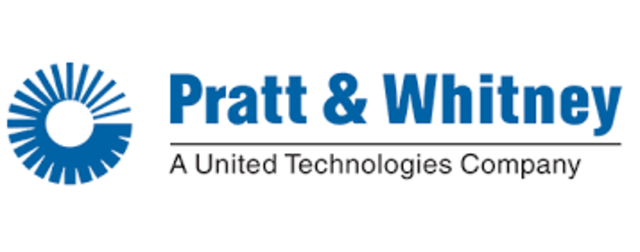Pratt & Whitney Canada
Every second, a P&WC-powered aircraft takes off or lands somewhere in the world.
Pratt & Whitney Canada (P&WC) was created in 1928 to repair small aircraft engines. In 1963, P&WC launched its first commercial engine – the PT6. Today, P&WC is a leader in the global aviation market, manufacturing and servicing turboshaft, turbofan and turboprop engines in 14 distinct engine families.
In the past 25 years, the company has certified an astounding 100 engines and is this year celebrating the delivery of its 100,000th engine.
Helicopters
P&WC has enjoyed a wave of helicopter engine certifications in the past few years allowing it to power the new generation of helicopters, especially in the light- and medium-twin classes. This includes the PT6T-9 which powers the Bell 412EPI and the company’s latest engine family -- the PW210 engine series. The PW210S was selected to power the Sikorsky S76D while the PW210A powers the Leonardo AW169. The company’s PT6C-67E – the first PT6 engine to be equipped with a full authority digital engine control (FADEC) – powers the Airbus Helicopters H175.
Customer Service
By the numbers, P&WC has the largest, most comprehensive customer support network in the industry. This includes 30 owned- and designated overhaul facilities around the globe. P&WC has seven parts distribution centres and CFirst customer response operations in Longueuil, Quebec, and in Singapore providing service 24/7, every day of the year.
Investing in the Future
P&WC continues to revolutionize data-driven engine health—demonstrating our ability to lower costs, save time and increase aircraft availability for customers. P&WC’s FAST™ (Flight, Acquisition, Storage & Transmission) solution provides deep engine insight and situational awareness about engine health, usage and trends on more than 1,100 P&WC-powered aircraft. And we continue to add to our predictive capabilities as we offer our oil analysis technology on a commercial basis. The technology demonstrates a precision hundreds of times greater than other oil analysis methods.
P&WC has achieved its leadership stance through a long-held commitment to Research and Development. Currently, the company is exploring new materials designed to reduce engine weight and thus improve fuel efficiency. It is also testing new high-efficiency compressor modules to enhance engine performance and to help reduce fuel burn. Noise reduction technologies will play a major role in the development of new engines, as will advanced manufacturing technologies – all of which keep P&WC at the forefront of the industry.
